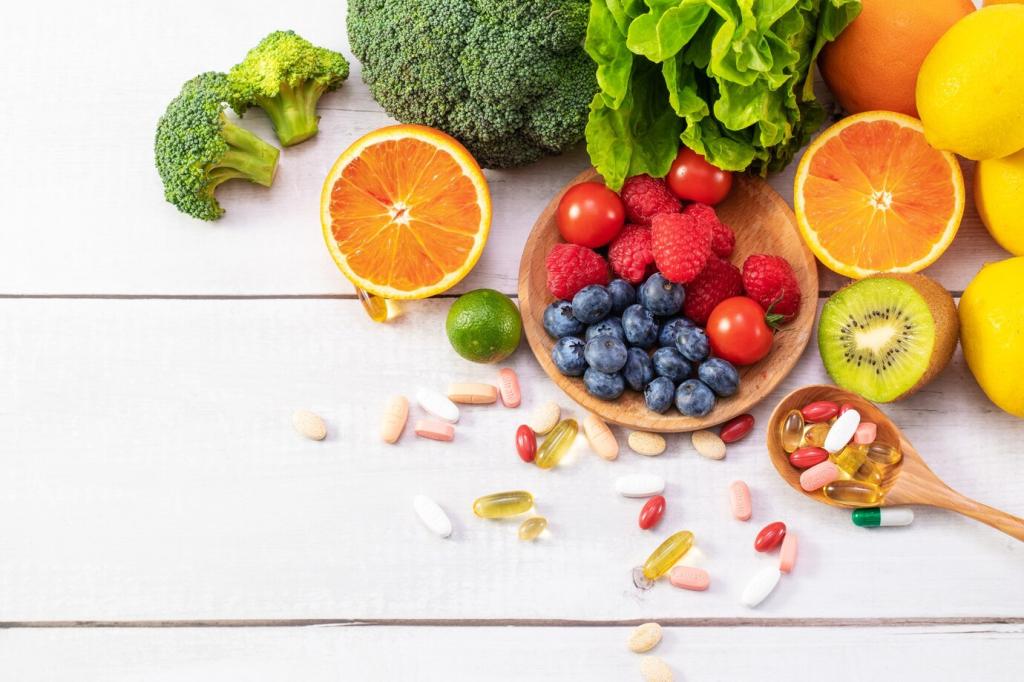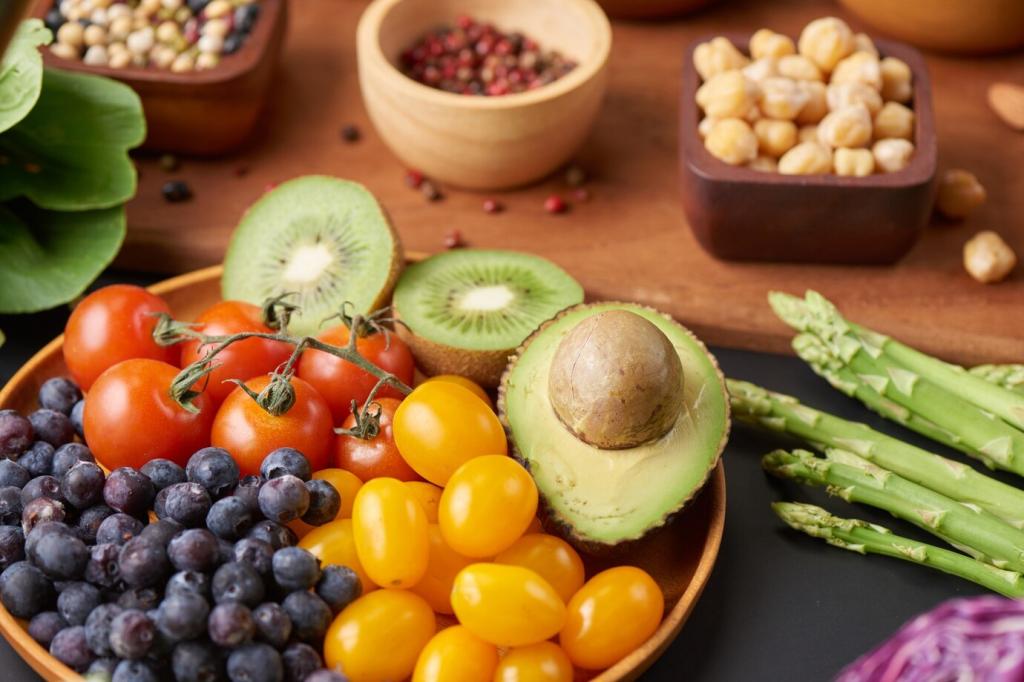
DIY Homemade Organic Fertilizer Recipes for Houseplants
Welcome to your comprehensive guide on creating homemade organic fertilizers tailored for houseplants. Many indoor plants benefit significantly from regular feeding, but commercial products can be costly and often include unnecessary chemicals. By making your own organic fertilizers, you ensure your green companions get essential nutrients from natural sources. Not only does this approach keep your plants healthy and thriving, but it’s also environmentally friendly and cost-effective. Dive into the sections below to learn more about the importance of organic fertilizers, common kitchen ingredients that benefit your plants, easy-to-follow recipes, and tips on safely applying your home-brewed concoctions.
All plants require a balance of key nutrients—nitrogen, phosphorus, and potassium, often referred to as N-P-K. Homemade organic fertilizers deliver these essentials in forms that are more easily absorbed by roots over time. This steady release helps prevent the kind of nutrient surges and depletions that can stress your houseplants. Besides the primary nutrients, organic fertilizers often supply trace elements that are naturally present in their raw ingredients. When you make your own fertilizer blends, you can tailor the nutrient balance to the specific needs of your plants, encouraging healthier growth, greener leaves, stronger stems, and more vibrant blooms.

Everyday Kitchen Ingredients for Fertilizing Houseplants
01
Used coffee grounds are an excellent nitrogen source, a crucial nutrient for leafy houseplants. When spread lightly atop the soil or mixed into potting mix, coffee grounds enrich the substrate and encourage lush, green foliage. They also attract beneficial worms and microscopic organisms that help decompose organic matter, improving soil structure in the process. Because used grounds are slightly acidic, they’re particularly well-suited for plants that thrive in lower pH, such as ferns and African violets. However, moderation is key—too much can make the soil overly acidic—so understanding how to apply coffee grounds correctly ensures your houseplants reap the maximum benefit.
02
Eggshells are packed with calcium carbonate, which strengthens plant cell walls and supports healthy root development. Instead of discarding those shells after breakfast, rinse and dry them, then crush them into a fine powder. Sprinkling this powder onto the surface of your pot’s soil provides a slow-release source of calcium, reducing the risk of common deficiencies like blossom-end rot in fruiting houseplants or leaf tip dieback. Eggshells decompose gradually, so patience is essential, but their sustained release can make a tangible difference over time, helping your plants maintain vitality and resistance to disease.
03
Banana peels are an underrated resource, packed with potassium, phosphorus, and trace minerals—ideal for plants in their flowering and fruiting stages. By cutting up banana peels into small pieces and burying them shallowly in potting soil, you provide your houseplants with a gradual supply of essential nutrients. Alternatively, steeping banana skins in water creates a nourishing “banana tea” that can be poured around the root zone. Both methods boost plant resilience, encourage strong stalks, and promote vibrant flowers, making banana peels a versatile and eco-friendly fertilizer ingredient.

Simple Homemade Fertilizer Recipes
Compost tea is a classic, all-purpose fertilizer that brings the benefits of rich, organic matter into a liquid form. By steeping mature compost in water for several days, you create a nourishing solution full of enzymes, beneficial microbes, and a broad spectrum of nutrients. Simply strain the liquid and use it to water your houseplants every few weeks. This method is especially gentle, making it suitable for young seedlings and sensitive species. Beyond its nutrient value, compost tea can also help fortify plant immunity, reducing the likelihood of disease or pest infestations.
